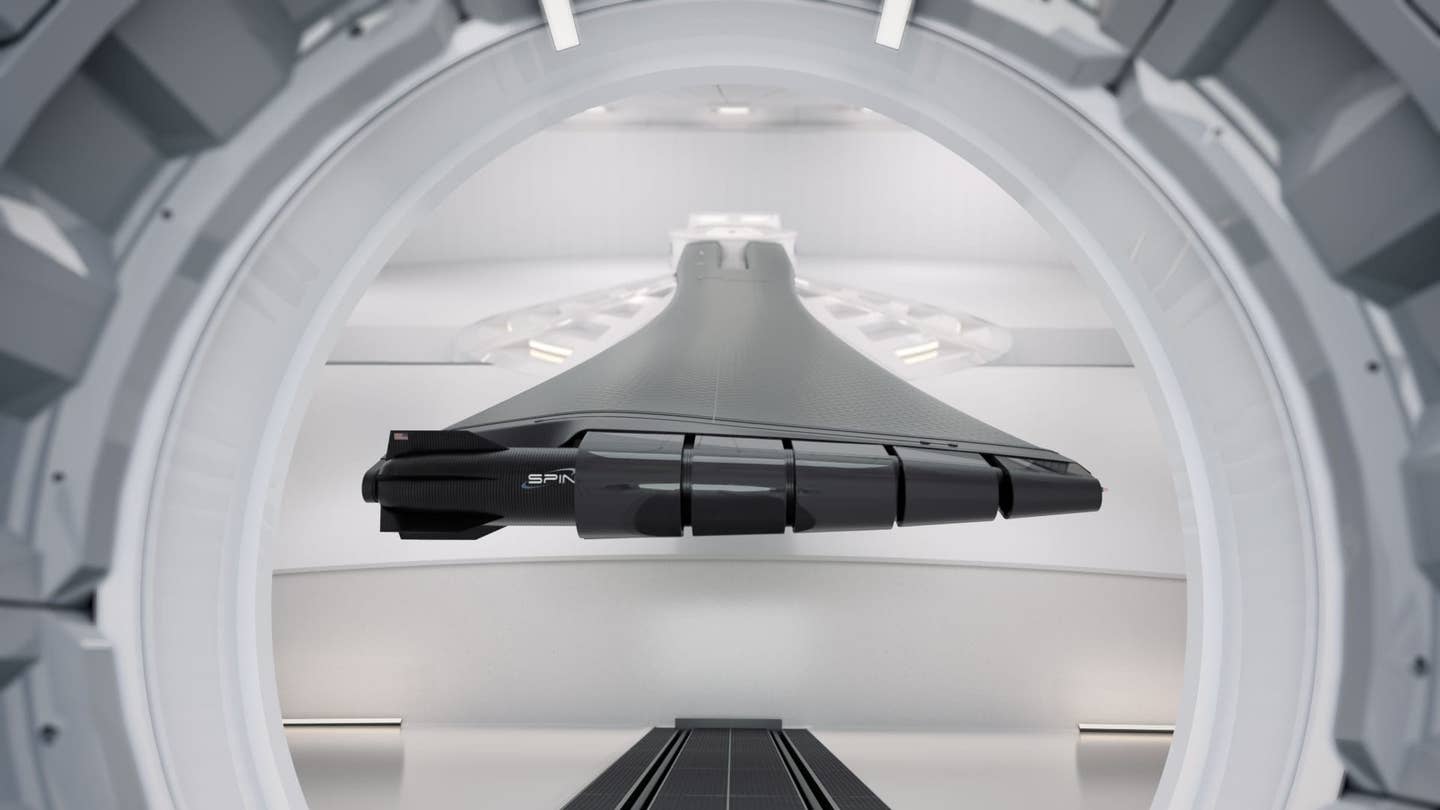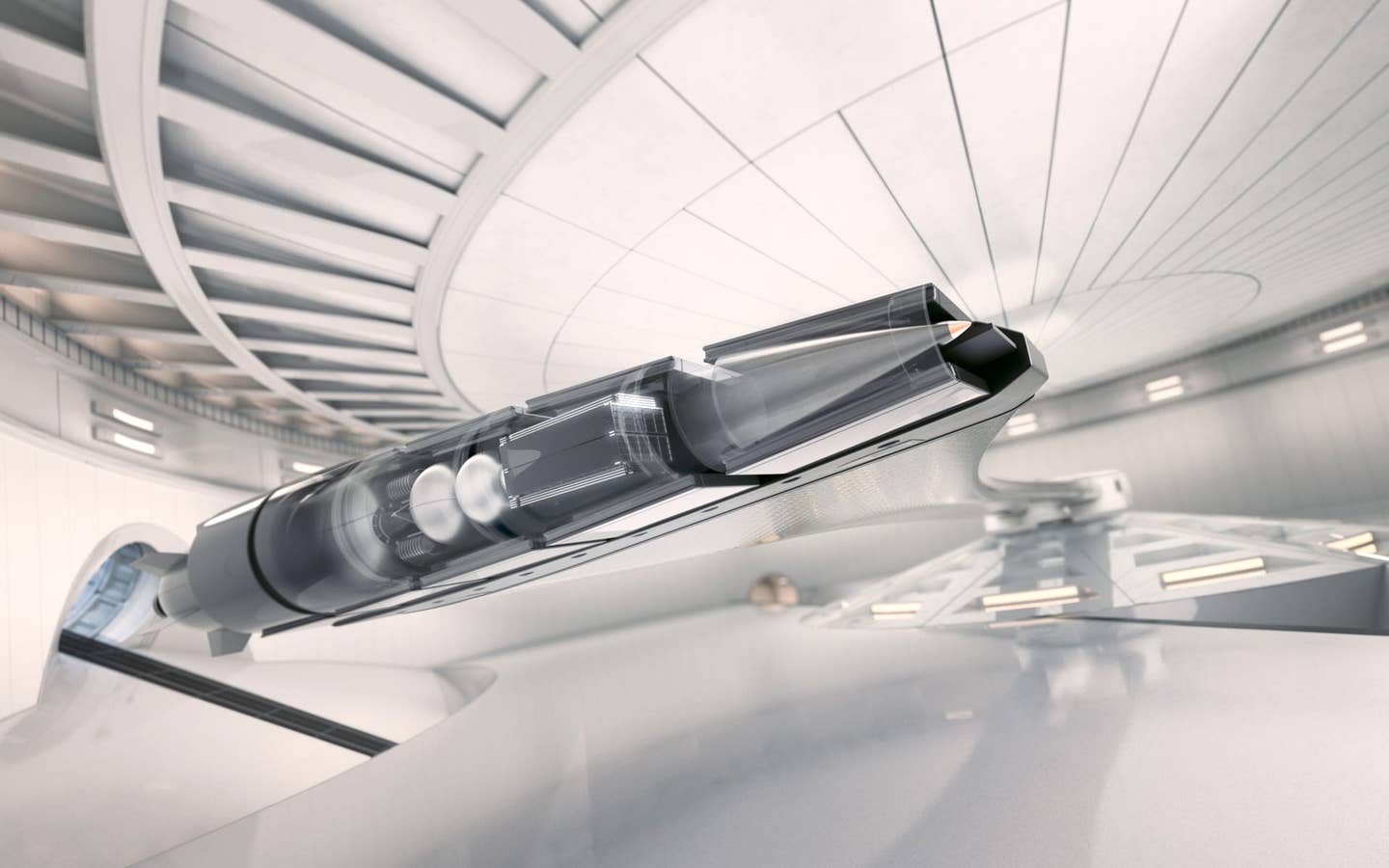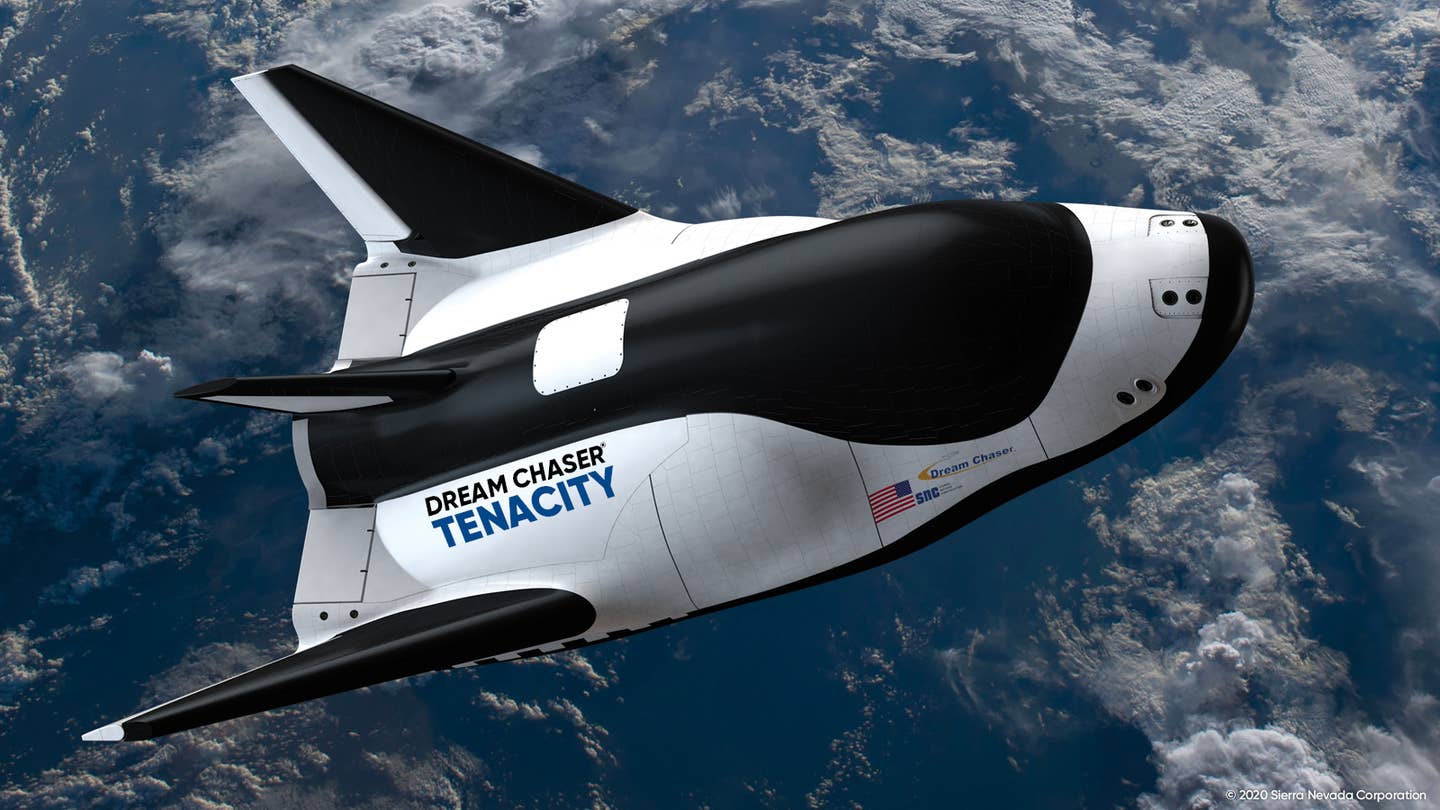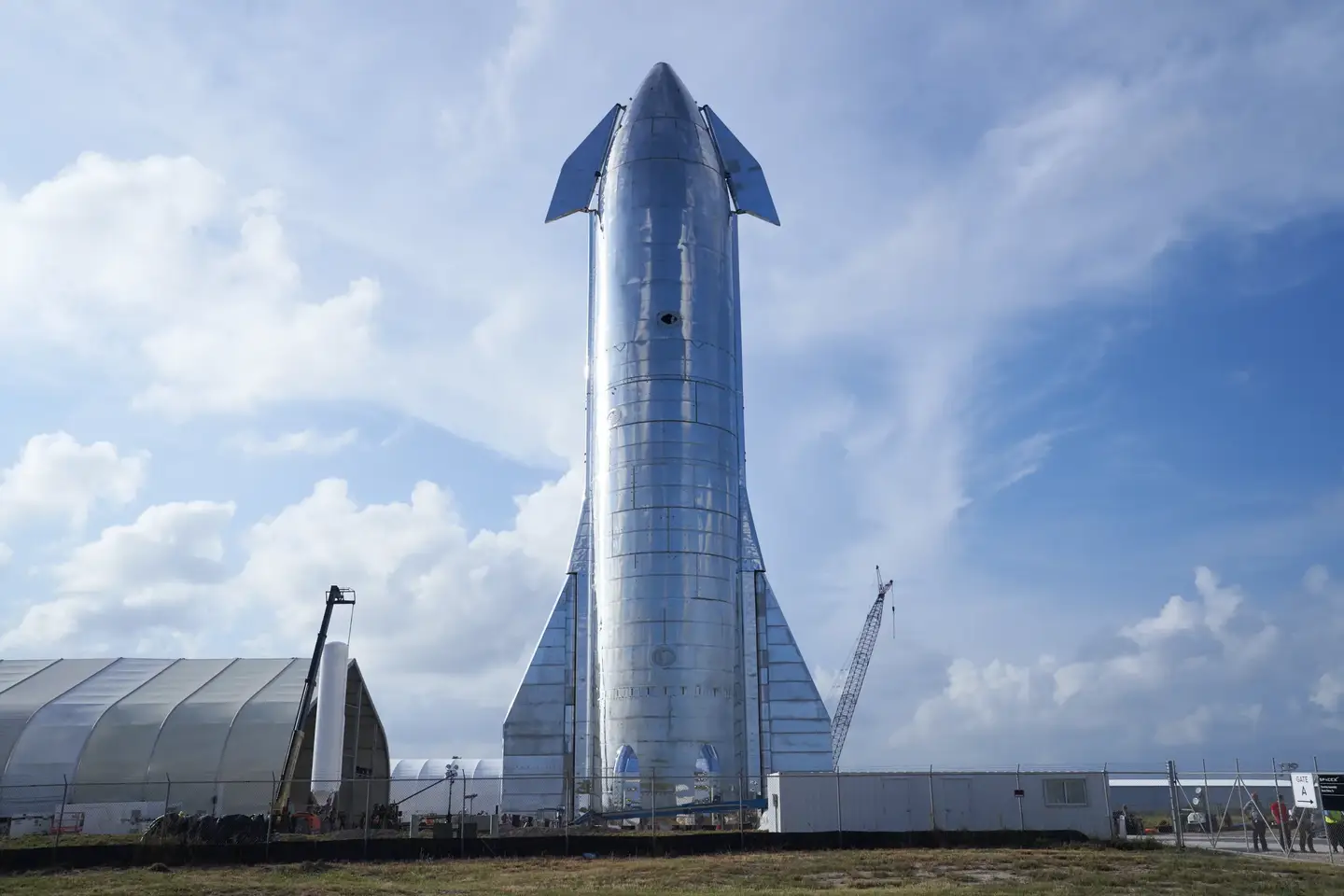A California-based company, SpinLaunch, is capturing attention with its innovative satellite launch system, especially from enthusiasts in the Punkin Chunkin community.
This technology aims to revolutionize the way satellites are sent into space, using a giant rotating arm to fling satellites into low Earth orbit. Remarkably, this process eliminates the need for rocket fuel, relying solely on electricity.
SpinLaunch has already conducted multiple successful tests with this technology. “This is not a rocket, and clearly our ability to perform in just 11 months this many tests and have them all function as planned, really is a testament to the nature of our technology,” said Jonathan Yaney, founder and CEO of SpinLaunch, in a 2022 Space.com report after their 10th successful launch. The company plans to launch constellations of satellites into orbits below 600 miles by 2026.
Satellites are crucial for monitoring Earth’s health, detecting issues like methane leaks, and conducting various other types of research. Therefore, a cleaner, more efficient method for placing them in orbit is significant for scientific advancements.
The concept behind SpinLaunch’s technology isn’t entirely new. Kinetic energy has been harnessed for centuries through devices like trebuchets and siege machines used in medieval warfare to hurl heavy objects over long distances.
Modern-day Punkin Chunkin contests, which involve launching pumpkins using similar mechanics, showcase kinetic and potential energy in action. SpinLaunch’s system might leave some of these enthusiasts wondering how many pumpkins they could send into space with such a machine.
The company’s groundbreaking innovation is made possible by modern materials and miniaturized electronics. High-strength carbon fiber and compact electronic systems are crucial to the technology’s success.
“Modern electronics, materials, and simulation tools allow for satellites to be adapted to the kinetic launch environment with relative ease,” SpinLaunch explains on its website. This technology must withstand extreme conditions, including the vacuum of space and rapid acceleration.
A video from one of SpinLaunch’s test launches in New Mexico shows the excitement and precision involved. Engineers monitor screens, and the launch scene resembles that of a NASA mission control room. When the satellite exits the launch barrel, it happens so quickly that it’s easy to miss if you blink.
Founded in 2014, SpinLaunch has secured significant funding and has collaborated with major organizations like NASA, Airbus, and Cornell University, using their equipment in various tests. The technology has successfully withstood forces of up to 10,000 Gs, equivalent to 10,000 times Earth’s gravitational pull, demonstrating its robustness.
If SpinLaunch’s technology proves reliable and scalable, it could dramatically reduce the fuel required for satellite launches. For comparison, SpaceX’s Falcon 9 rocket used over 900,000 pounds of propellant for each launch as of 2016. Although fuel efficiency might have improved since then, the sheer volume of fuel required for traditional launches remains substantial.

The environmental impact of traditional rocket launches has come under increasing scrutiny. Each launch contributes to the depletion of the ozone layer, which protects life on Earth from the sun’s harmful radiation. SpinLaunch’s method offers a potential solution, as it can breach the ozone layer without damaging it.
Looking ahead, SpinLaunch plans to build on its early successes by developing a coastal orbital launch site. This next step is crucial for advancing their technology and making it a viable alternative to conventional rocket launches. “It has proven that it’s a system that is repeatedly reliable,” Yaney stated, underscoring the promise and potential of SpinLaunch’s approach.
In Singapore, space technology startup Equatorial Space Systems is among the first-movers carving out space in this niche. The Singapore-based company develops modular, low-cost launch vehicles tailored specifically to send lightweight payloads to LEO. Its unique selling points overlap with SpinLaunch, similarly emphasizing cost, safety, and sustainability.

“The total addressable market for suborbital launch from our research can be as high as USD 150 million a year,” said Simon Gwozdz, founder and CEO of Equatorial Space Systems.
SpinLaunch’s technology could mark a significant shift in how we think about and execute satellite launches, combining environmental responsibility with innovative engineering. As the company continues to develop and test its systems, the future of satellite deployment might soon become cleaner, more efficient, and more accessible than ever before.
Other innovative satellite launch technologies
Over the past decade, satellite launching technologies have evolved significantly, driven by the need for cost-effective, efficient, and environmentally friendly methods. Here are some of the most innovative satellite launching technologies developed in recent years:
Reusable Rockets (SpaceX and Blue Origin)
- SpaceX’s Falcon 9: One of the most transformative innovations is the development of reusable rockets. SpaceX’s Falcon 9 has revolutionized the satellite launch industry by allowing the first stage of the rocket to land back on Earth after deployment and be reused in subsequent launches. This dramatically reduces the cost of space launches.
- Blue Origin’s New Shepard: Similarly, Blue Origin has developed reusable suborbital rockets. The company’s New Shepard has also proven capable of carrying payloads to the edge of space and landing its reusable rocket stages for future flights.
Rocket Lab’s Electron Rocket and Recovery System
- Electron Rocket: New Zealand-based Rocket Lab developed the Electron rocket, which is tailored for small satellite launches. It focuses on rapid, low-cost access to space for smaller payloads. Rocket Lab is also working on a partial reusability program, where they attempt to recover the first stage of the rocket via helicopter in mid-air.
Spaceplanes and Air-Launched Systems
- Virgin Orbit’s LauncherOne: Virgin Orbit’s LauncherOne is a unique air-launch system that deploys satellites into orbit from a modified Boeing 747 aircraft. This method allows launches to occur from any airstrip, offering greater flexibility and reduced cost compared to traditional ground-based rocket launches.
- Sierra Nevada Corporation’s Dream Chaser: The Dream Chaser is a spaceplane developed to deliver cargo to the International Space Station (ISS). It can land on conventional runways, offering a reusable and flexible solution for orbital transport.

3D-Printed Rockets (Relativity Space)
- Relativity Space has pioneered the use of 3D printing in rocket manufacturing, creating the Terran 1 rocket. The company claims that nearly the entire rocket, including its engines, is 3D printed. This approach allows for faster, more flexible production and reduces costs associated with traditional manufacturing.
Lightweight, Electrically Pumped Rockets
- Companies like Astra Space and Rocket Lab have focused on developing smaller, lighter rockets, such as Astra’s Rocket 3 and Rocket Lab’s Electron, which utilize electrically pumped engines. These innovations make small satellite launches more affordable and accessible for a wide range of industries, including telecommunications and Earth observation.

Laser and Microwave Propulsion Systems
- While still in experimental stages, researchers are working on laser propulsion and microwave propulsion technologies. These systems would use ground-based lasers or microwave beams to propel spacecraft, reducing the need for onboard fuel and potentially offering a more sustainable and efficient means of reaching orbit.
CubeSat and Small Satellite Deployment
- Small satellite constellations have driven new deployment technologies. For example, SpaceX’s Starship and OneWeb’s satellite systems aim to launch thousands of small satellites to provide global internet coverage. These satellites can be deployed in batches, significantly lowering launch costs per satellite.

Space Tugs and In-Orbit Servicing
- Momentus and other companies are developing space tugs, which are spacecraft designed to transport satellites from their initial deployment location to their final orbit. These tugs can reduce the amount of fuel that satellites need to carry, making launches more efficient and flexible.
Hybrid and Environmentally Friendly Rocket Propulsion
- There has been a growing interest in hybrid rocket propulsion, which combines aspects of solid and liquid fuels to create a more controllable and efficient launch system. For example, Virgin Galactic’s SpaceShipTwo uses a hybrid rocket engine. Additionally, efforts are underway to develop more environmentally friendly propulsion systems that reduce the carbon footprint of launches.
These innovative technologies mark a shift toward more cost-effective, flexible, and sustainable methods of launching satellites, opening up new opportunities for space exploration and commercial applications.

